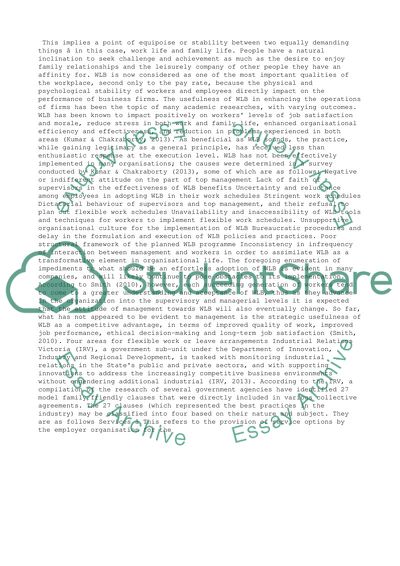Cite this document
(“Work-Life balance in Emirates Group Essay Example | Topics and Well Written Essays - 3000 words”, n.d.)
Retrieved from https://studentshare.org/management/1404246-hrm-pbl
Retrieved from https://studentshare.org/management/1404246-hrm-pbl
(Work-Life Balance in Emirates Group Essay Example | Topics and Well Written Essays - 3000 Words)
https://studentshare.org/management/1404246-hrm-pbl.
https://studentshare.org/management/1404246-hrm-pbl.
“Work-Life Balance in Emirates Group Essay Example | Topics and Well Written Essays - 3000 Words”, n.d. https://studentshare.org/management/1404246-hrm-pbl.


